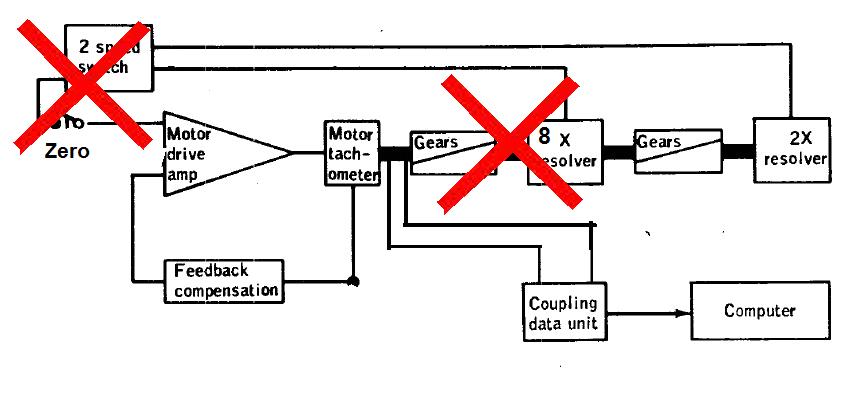
Apollo 13 is a particular mission, for, due to the accident, there is no video of the lunar module landing on the moon, or returning to the command module, no photos or videos of astronauts making the clowns on the moon, no shadows or perspectives to analyze in the photos.
But that does not mean it is is not possible to find anomalies in this mission.
Like in the other missions, there was a mission report.
I have understood that what's most interesting in the mission reports is not the beginning, which is generally boring, but the end with the very tasty anomalies report, which contains many surprises.
I had already made two videos with the very special anomalies report of Apollo 12 which is the richest and funniest of all the missions.
So, to show that Apollo 13 was a joke too, I have chosen to analyze the anomalies report of Apollo 13, for I was knowing in advance I would find aberrations and jokes in it, and this is precisely what I found in it, and that I am going to show to you in this video.
To push the nail, I'll show you two photos taken during the so-called trip of Apollo 13 to the moon, which are incompatible with each other, and which prove without the least doubt that the mission was fake.










































